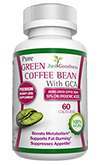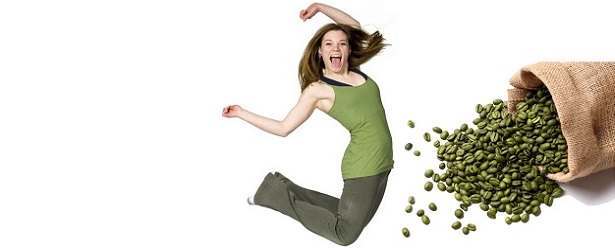
Arabica and Robusta Coffee Plant
Coffee is sold, bought and traded all around the world, with a massive market behind it. The beans that are processed for a wide variety of products typically come from two plants, the coffee arabica and the coffee robusta.
Coffee is most popularly known all around the world as a thick, dark black drink with high levels of caffeine. Without this drink, waking up in the morning is an impossible prospect for countless people. While there are thousands of types of coffee, in numerous flavors, they all start out as the beans of either one of these plants. As the height of both plants could reach as high as 10 meters, they are frequently referred to as trees, though they are generally kept from growing to such a height, as it is impractical for harvesting purposes. The process of preventing the height of the plant from overgrowing is called pruning.
 Though these two species are the most common, there are countless other coffee species commercially grown all over the world. Coffea arabica, colloquially referred to as Arabica Coffee, is the more common of the two, as it is what makes up around 75-80 percent of the global coffee production.
Though these two species are the most common, there are countless other coffee species commercially grown all over the world. Coffea arabica, colloquially referred to as Arabica Coffee, is the more common of the two, as it is what makes up around 75-80 percent of the global coffee production.
The other, Coffea canephora, colloquially referred to as Robusta Coffee, makes up around 20 percent, while the other species make up the remaining ~5 percent. These species all have a discernible difference. As its name implies, the Robusta strain is significantly more robust, with a much stronger brew containing high amounts of caffeine, however the taste of the drink is inferior.
The time required from planting till flowering is 3 to 4 years, with the plant’s fruit developing within new tissue. The Arabica Coffee plant is a self-pollinating organism, while the Coffea canephora relies on the process of cross-pollination. The growth process of the plant from plantation to being ready for harvesting is heavily documented. It takes 30 to 35 weeks for the coffee cherry to turn into its distinctive red color, which signifies that it is ready to be harvested and processed. the various stages in this process involve the appearance of the fruit, the period of rapid growth, the endosperm taking over the integument, and the absorption of the photsynthesates.
 The root of both species of coffee plant can reach lengths of up to twenty-five meters, with the surface area of the plant that is capable of absorption reaching five-hundred square meters.
The root of both species of coffee plant can reach lengths of up to twenty-five meters, with the surface area of the plant that is capable of absorption reaching five-hundred square meters.
Each plant has several types of root which all perform different tasks. These include tap roots, primary vertical roots and lateral roots. The length and ratio of the roots which build up each individual plant’s root system differs based on the type of soil the tree is planted in and the mineral content of the given area, as this changes the conditions to which the plant must adapt. To achieve the required thickness and strength, the roots need to be supplied with sufficient amounts of calcium, magnesium and nitrogen.
Coffee leaves are a dark shade of green, are elliptical in shape and have waxy texture. Due to the high amount of coffee plantations around the globe, this plant has become a significant source of oxygen.
TOP 5
GREEN COFFEESupplements |
|||||
| Green Coffee Premium | Natural Factors Green Coffee Bean | Wild Health Green Coffee | Vita-Web Pure Green Coffe Bean Extract | Just Goodness Green Coffee Bean | |
|---|---|---|---|---|---|
| 1 | 2 | 3 | 4 | 5 | |
| Price (1 bottle) Price (6 bottles) Best Value |
$49.95 $139.80 |
$26.55 $159.30 |
$98.00 $588.00 |
$32.00 $192.00 |
$29.99 $179.94 |
| Overall Rating | 99.50% | 89.20% | 78.60% | 74.00% | 68.50% |
| Effectiveness |





|





|





|





|





|
| Speed of Results | Extremely Fast | Good | Average | Average | Slow |
| Quality of Ingredients | Premium | Good | Good | Average | Unknown |
| Customer Satisfaction Evaluation | 99.40% | 84% | 78% | 65% | 61% |
| Safety Evaluation | Safe for Use | Safe for Use | Safe for Use | Safe for Use | Safe for Use |
| Customer Service Rating |





|





|





|





|





|
| Reorder Rate | Highest | Good | Good | Average | Average |
| Return Policy | Risk Free | Good | Unclear | Risk Free | Unclear |
| Success Rate | 99.40% | 81.00% | 75% | 69% | 62% |

 Subscribe Now
Subscribe Now











